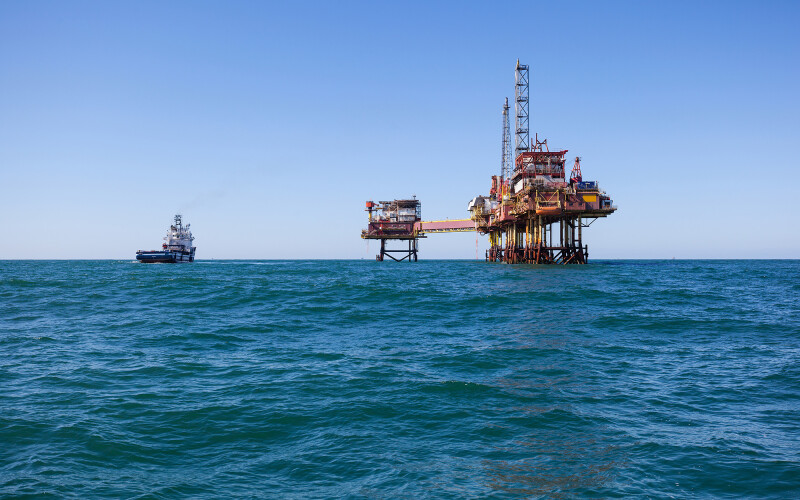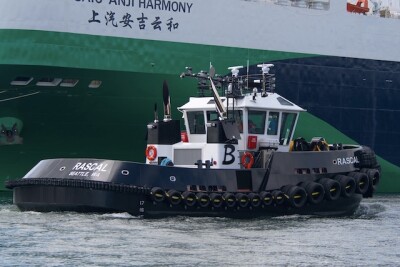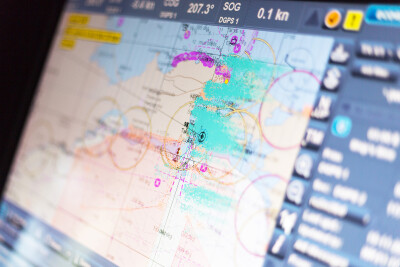Liberation Day, Wednesday, April 2, brought not one but two body blows to the offshore industry. First came the announcement of tariffs on virtually every commodity and goods used in the industry. That blow was followed by OPEC+ members announcing a larger-than-expected increase in crude oil supplies in May. As the dust began to clear on Friday morning, West Texas Intermediate was trading at $61 a barrel, down $10 from the start of the week. China’s announcement of retaliatory tariffs is also weighing on oil demand.
OPEC+ announced that it was bringing forward three months of planned oil supply increases, totaling 411,000 barrels per day. The organization said it was responding to stronger market fundamentals. It also reminded people it could pause the increase at any time. OPEC students believe the increase is designed to send a message to Iraq, Kazakhstan, and even Russia to adhere to their production quotas or face greater price pressure. The timing of the announcement was curious.
The sharp oil price drop was reminiscent of 2014-2015 when Saudi Arabia embarked on a war against its cheating OPEC partners to protect its eroding income. People forget there was another impetus for Saudi Arabia’s move. In 2014, the European Union debated whether to permit the sale of Canadian oil sands output on the continent. Initially, the EU planned to label the heavy oil as “dirty” and prohibit its import. After extensive lobbying by Canadian officials, the EU reversed its position allowing the oil into the continent’s market.
Prior to the reversal, Saudi Arabia was supplying significant volumes of heavy oil to Europe’s refineries. Following the decision, Canadian heavy oil displaced most of the Saudi supply, resulting in the loss of a profitable business. This development prompted Saudi oil officials to focus on the large and growing Asian market, where Saudi Arabia was competing with other OPEC members for market share. Thus, to offset the loss of European heavy oil sales, Saudi cut the price of its oil going to Asia to boost its market share. That was a key ingredient in launching the OPEC oil price war and cratering global crude oil prices, bringing the entire oil industry to its knees.
The other blow hitting the offshore industry is higher costs for key well components — casing and tubulars, valves, fittings, and subsea equipment. Estimates suggest that tariffs on steel could increase the cost of a deepwater well by $1 to $2 million, adding to the estimated $50 to $100 million cost. There are concerns that tariffs may affect supply chains, potentially contributing to cost inflation. The overall impact is estimated to add 2% to 5% to overall project expenses. While squeezing production margins, with a U.S. GoM estimated breakeven price of $47 per barrel, the cost inflation will likely have only a marginal negative impact on activity, as oil prices at $61 per barrel still provide a substantial cost spread.
The greatest problem for offshore operators and service companies is not to panic, given the uncertainty. Market turmoil has marked the history of the oil industry. Overreacting could be a bigger mistake.





